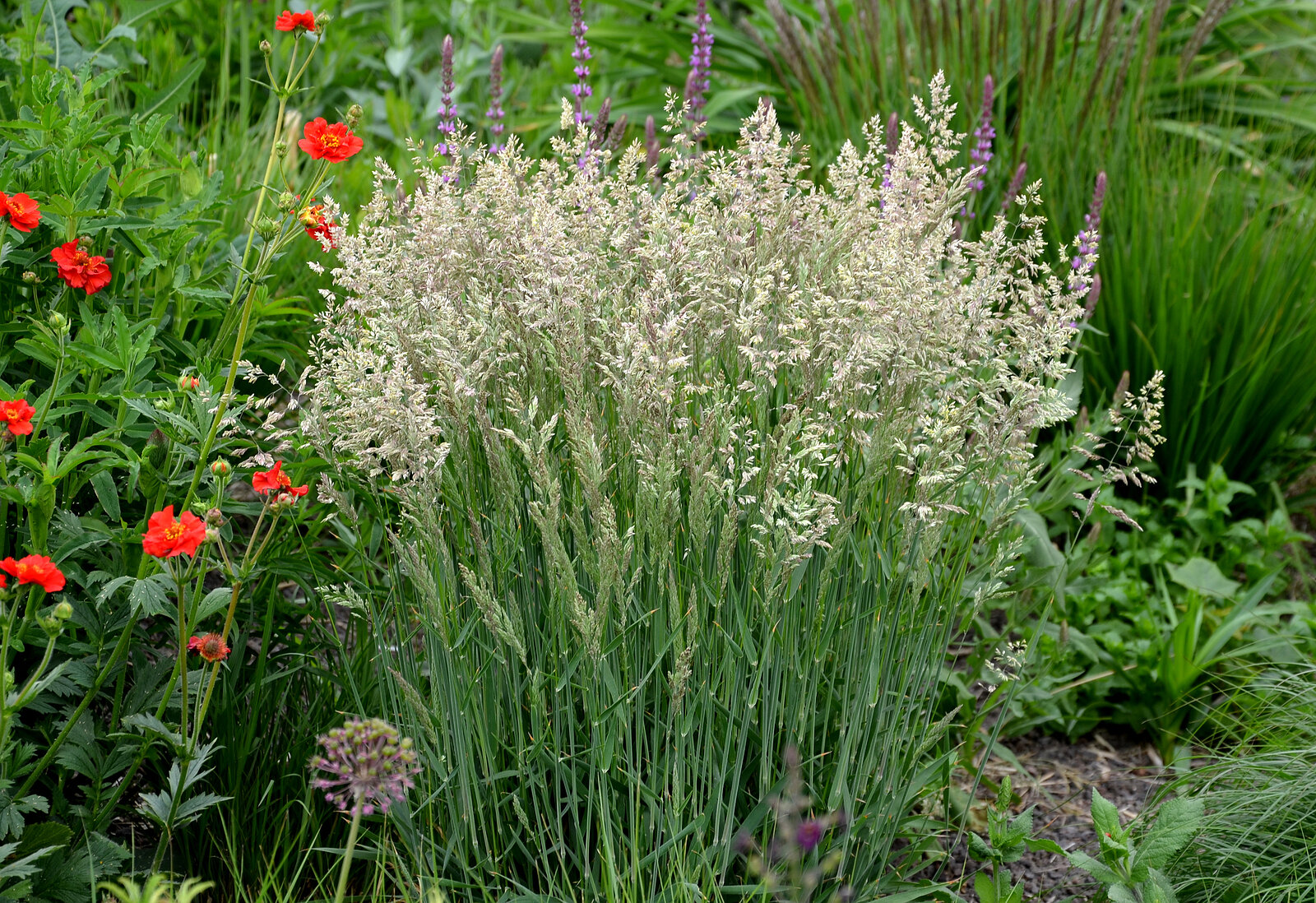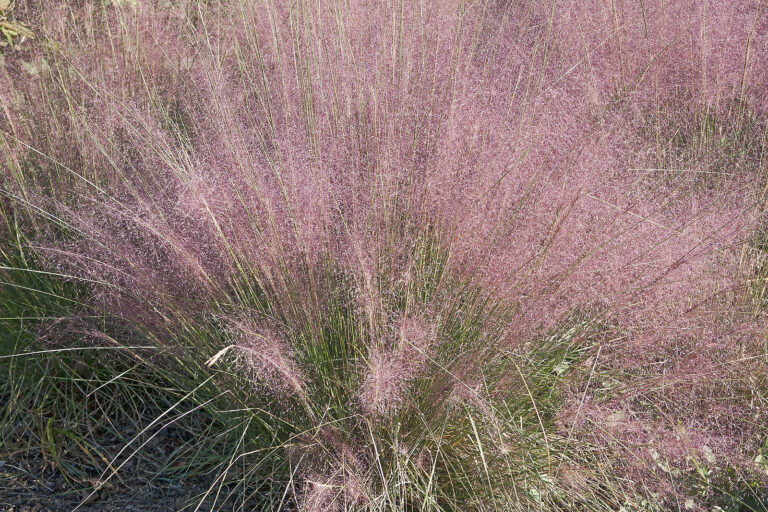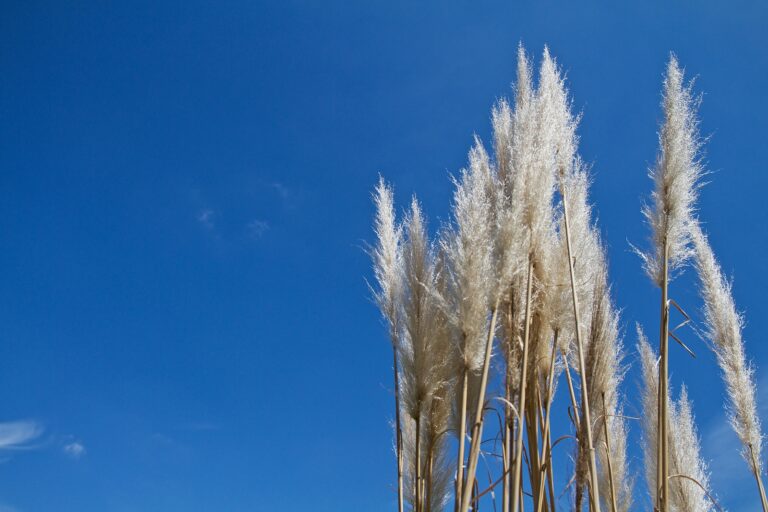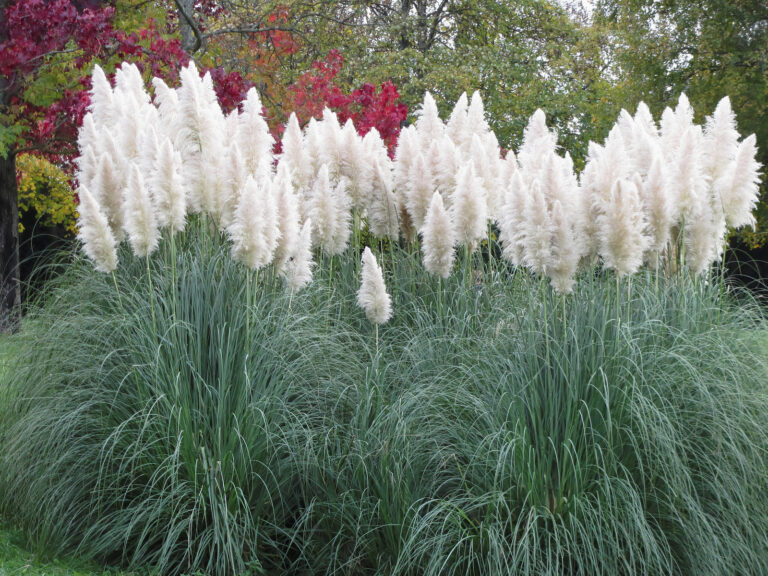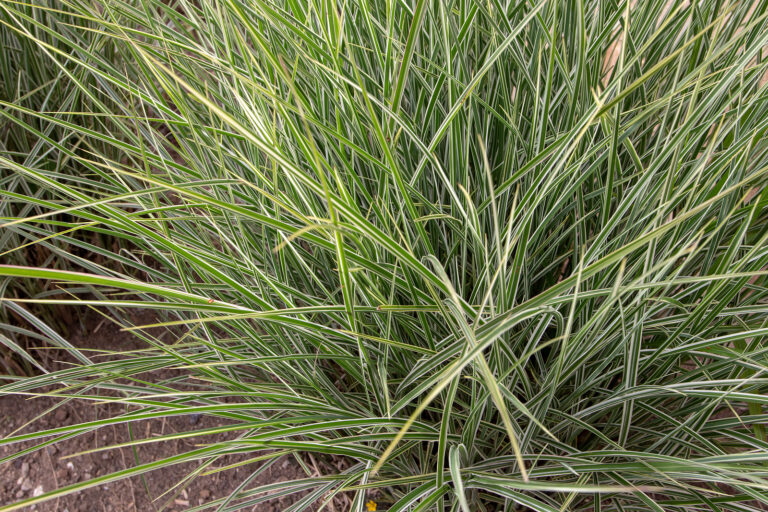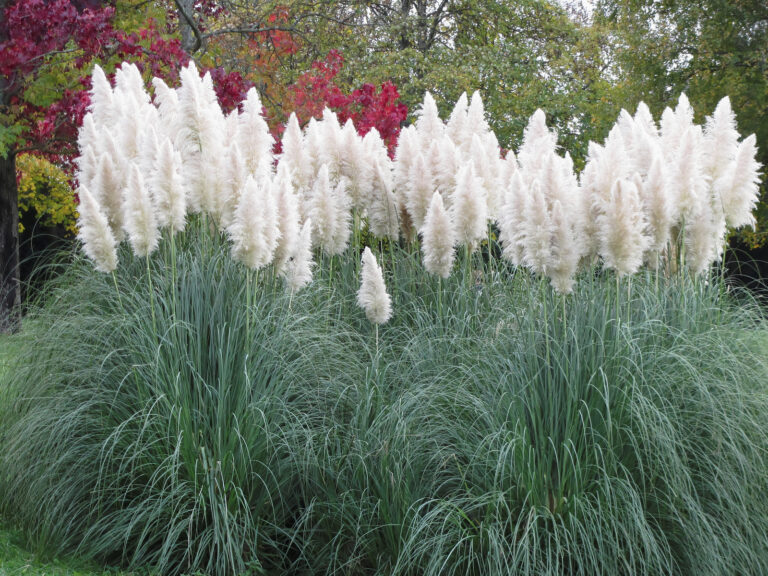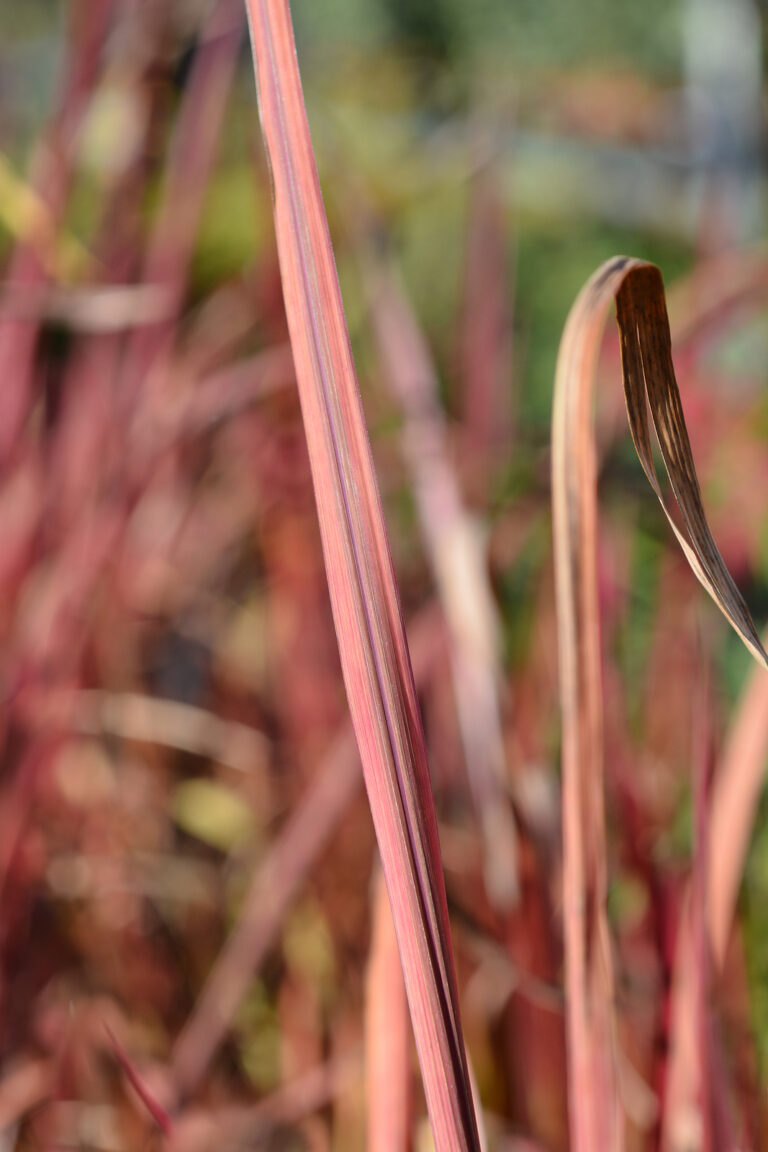How to Grow Hair Grass – Deschampsia
Deschampsia —commonly called hair grass–is an ornamental clumping grass with narrow, rough leaves that are often topped by airy clouds of yellowish flower panicles in late spring or early summer.
Deschampsia leaves are thread-like and linear. They are suited for mixed, herbaceous, shrub borders. They can be used in mass plantings. Deschampsia is best suited for cool-summer regions.
Descahmpsia is a genus of about 50 species of tufted or tussock-forming herbaceous or evergreen perennial grasses. Descahmpsia is native to damp meadows and woodland clearing in temperate zones and on high mountains in tropical regions.

Get to know Deschampsia
- Plant type: Most are perennials grasses, but in areas with mild winter, plants are evergreen
- Growing zones and range: Zones 4 to 8
- Hardiness: Hardy to Zone 4
- Height and width: 3 feet x 3 feet (.9x.9m)
- Growth rate: Seasonal
- Form and habit: Clump-forming grass
- Foliage: Fine, thin blades and creamy plumes; in mild-winter areas, leaves turn bronzy yellow and stay evergreen
- Flowers: Glistening, silver-tinged purple spikelets sprout long-lasting, frothy flowers
- Bloom time: Late spring to summer
- Uses: Seaside garden, mass plantings
- Garden companions: Hostas or ferns
- Common name: Hair grass
- Botanical name: Deschampsia
- Family name: Poaceae (Graminae)
- Origin: Widely distributed in temperate zones and high mountains in tropical regions
Where to plant Deschampsia
- Plant Deschampsia in full to half sun.
- Plant Deschampsia in damp soil; adjusts to varied situations.
- Where soil is dry, work in organic matter before planting.
- Deschampsia does not do well in hot, humid conditions.
When to plant Deschampsia
- Set container-grown Deschampsia in the garden in spring or summer.
- Sow seeds in the garden in spring or autumn.
Planting and spacing Deschampsia
- Space Deschampsia plants 18 inches (46.7cm) apart.
How to water and feed Deschampsia
- Give Deschampsia regular to moderate water; keep soil damp.
- Feed Deschampsia with an all-purpose organic fertilizer in spring.

How to care for Deschampsia
- Remove Deschampsia previous year’s leaves before new growth begins in spring.
- Cut Deschampsia to the ground in late winter or early spring before new growth begins.
Deschampsia Pests and Diseases
- Deschampsia is infrequently affected by pests or diseases.
Deschampsia propagation
- Propagate Deschampsia by dividing the clumps in spring or early fall.
- Sow seeds in spring or autumn; plants self sow.
Deschampsia varieties to grow
- Deschampsia caespitosa, Tufted hair grass, ornamental grass that forms dense 2-foot (.6m) tall clumps of foliage that reach 4-5 feet (1.2-1.5m) wide. Foliage is evergreen from about Zone 8 south. Bears cloudlike 1.5 foot (.5m) long spikelets of flowers from early to late summer. Plants can be 4 feet (1.2m) tall in bloom. Zones 4 to 9.
- D. flexuosa, Crinkled hair grass, compact species forming 1 foot (.3m) wide clumps of evergreen or semievergreen foliage. Bears airy, 5 inch (12.7cm) long panicles of flowers in early and midsummer. Plants are 2 feet (.6m) tall in bloom. Tolerates dry soils and also grows in dry shade. Neutral to acid pH is best. Zones 4 to 9.
- ‘Bronze Veil’ (‘Bronzeschleier’) grows 2-3 feet (.6-.9m) tall with bronze-yellow tinted flowers and a high heat tolerance.
- ‘Golden Penchant’ (‘Goldgehänge’) has handsome dark green leaves and spikelets that age to a rich golden yellow.

